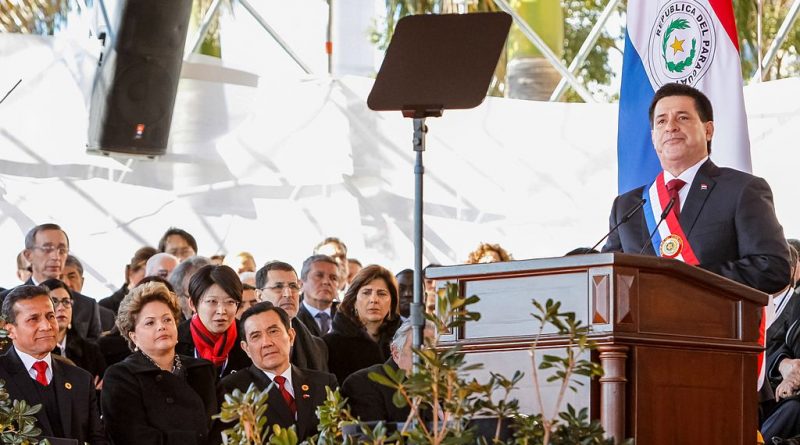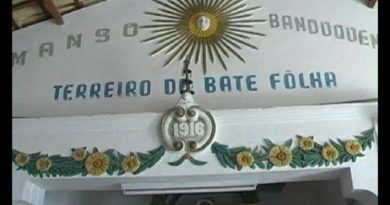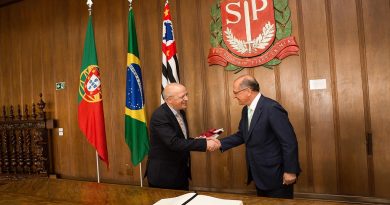Where is Latin America going?
The end of “Marea Rosa”?
After two decades of seemingly unstoppable advances of different political forces and mainly the leftist leadership, the “Marea Rosa” (Pink tide) has changed its colours and course… to an “uncertain” colour?
The political shift in the governments of Argentina and Brazil, between 2015 and 2016, came with the implementation of measures designed to contain social expenditure, promote free market and to abandon the rhetoric alternative to imperialist capitalism.
Similar policies were adopted in other Latin-American countries, demonstrating the “viral” effect of the ideological shift of certain governments with particular influence in the region, such as Venezuela, Argentina and Brazil.
These government shifts are related to the methods that have been used to change the course of political orientation; especially when, after competing and wining elections, the party in power must dispute the opposition and other groups of interests either to maintain or modify the rules of access to power, that ultimately define the continuity or replacement of governments.
20 years ago, the “Marea Rosa”, i.e. the socialist era of the XXI century, started in Latin America. The symbols of such movement first initiated changes with violent social protests and then they conquered government by winning elections. Exemples of such were Venezuela, Bolivia, Nicaragua and Ecuador.
Having control of the institutions, they altered the political system, by changing the law and modifying the norms to access power. They did so to keep control of such institutions and to establish a new hegemony that could answer to the redefinition of political borderlines and the emergence of new identities.
The rise of the Right?
In the same course of this redefinitions, a new “wave” has appeared, this time with a conservative nature. Through elections, this trends have installed themselves in Chile, Argentina and Colombia. This had other kinds of consequences, such as the destitution of left-wing governments in Paraguay and Brazil or a shift within the armed forces like in Honduras.
There are many predictions, stating that the right would present itself as a major political force in the region and would extend its hegemony in the incoming elections of 2018. However, the dispute its far from having definitive results.
In November of 2016, the FSLN (Frente Sandinista de Liberación Nacional) won the elections in Nicaragua by a wide gap: 72,5% for the president and 66,8% for Congress. In March 2017, the left won by little a second victory in Ecuador; Lenin Moreno, candidate standing for socialist ideals, managed to get 51,16% of the votes, surpassing by little the liberal Guillermo Lasso.
The upcoming elections
Numerous elections have yet to be disputed in Latin America. Next June, partial elections are to renovate the authorities of three Mexican states; in October half of the congress in Mexico will be renewed and the same goes for one third of the Argentinian senate; in November, there will be general elections in Chile and Honduras, as well as elections to renovate the constitutional court, the supreme court and the judiciary council of Bolivia.
In Mexico, recent elections were considered as “the preliminaries of 2018 presidential elections”, to define who is going lead the left and compete with the current government in an unpredictable scenario of confrontation regarding the Trump administration. In Honduras the conservative Orlando Hernández, pretends to be reelected against the socialist Xiomara Castro. Meanwhile, in Chile, the left-center coalition is not able to find the formula to renovate their leaders and it is weakened over accusations about corruption, that can lead them to electoral defeat against conservative Sebastián Piñera. The elections for the judicial institutions of Bolivia may generate tension, by addressing the possibility of a legal reform that may allow the fourth reelection process of Evo Morales.
A dispute that also calls attention because of its influence in South America will be the election of the justicialista party and Macri, in the election for the partial renovation of congress in Argentina. Even though differences between political groups can bring difficulties to the government, democratic institutions are very solid, thus, making it difficult to imagine a backwards to authoritarian times.
The cases of Venezuela and Paraguay
What is now in question are the results of the regional and municipal elections of Venezuela, where, besides the severe and prolonged social and economic crisis, the country is experiencing political confrontation of violent proportions, making little room for dialogue.
This particular country has turned into the main battlefield between the political left and right of the American continent, because it represents a bulwark for the socialist wave of the XXI century. Its fall would completely change the regional panorama.
However, the political clash is not limited to one democratic or electoral dispute between the right and the left. Violent confrontations had happened, starting from both sides of the Latin-American ideological spectrum. The left wing in Venezuela and the conservative wing in Paraguay within few days of distance have tried to exploit different democratic institutions in order to limit the capacity of the opposition and to alter the electoral process in their favor, so they can guarantee their continuity in the government.
In the case of Venezuela, a judicial “coup d’état” has eliminated the powers of Congress (the legislative branch), after approval by the Supreme Court of Justice, and bestowed President Nicolas Maduro with extraordinary powers in military, penal and civil matters. Whereas in Paraguay, a “parliamentary coup”, developed by the machinations of some congressmen of different parties that allied themselves with Horacio Cartes, was able to modify the constitution and guarantee his continuity in power. In both cases massive protests were unleashed and with it came violent repression, which in the Paraguayan case derived in the burning of the congress, the murder of a member of the opposition party, in their very headquarters, as well as violent arrests and torture of civilians.
Where is Latin America going
This events, even if they are focalized in certain countries, are confirming the use of old practices of dictatorial times, when dictatorship takes over democratic formalities so the incumbents can act arbitrarily and have a privilege in their interests. The recent events in Paraguay and Venezuela allows to state that the use of such methods are not exclusive of ideological orientation and have a viral effect over the region that may undermine the advances that have been made over four decades of democratization.
The great dispute between the left and right wing in Latin America may come to an apparent conclusion with the general elections of 2018, which are to be celebrated in Costa Rica, Paraguay, Colombia, Brazil, Venezuela and México. But is not possible to affirm that democracy, in its best terms, would be the logical conclusion of this political process across the region, since the enemies of democracy have come back, regained strength and resurged with issues that make us question “Where is Latin America going”?
Versão em Português no Diário de Notícias.
Photo: Horacio Crates, President of Paraguay, By Roberto Stuckert Filho/Presidência da República [CC BY 3.0]
![]() This work is licensed under a Creative Commons Attribution-NonCommercial-ShareAlike 4.0 International License.
This work is licensed under a Creative Commons Attribution-NonCommercial-ShareAlike 4.0 International License.




